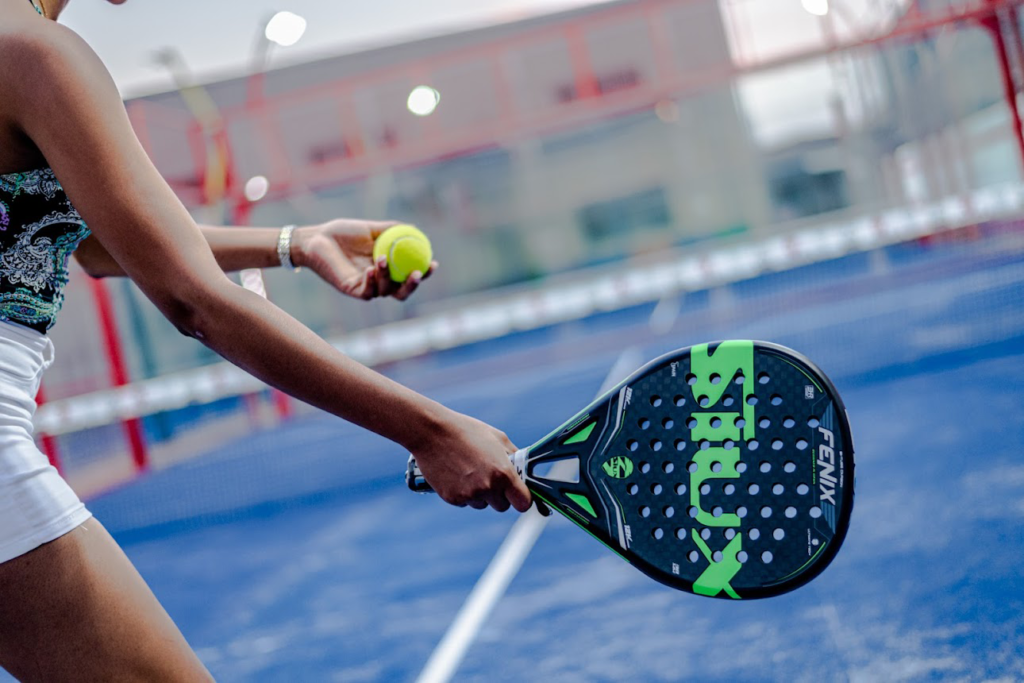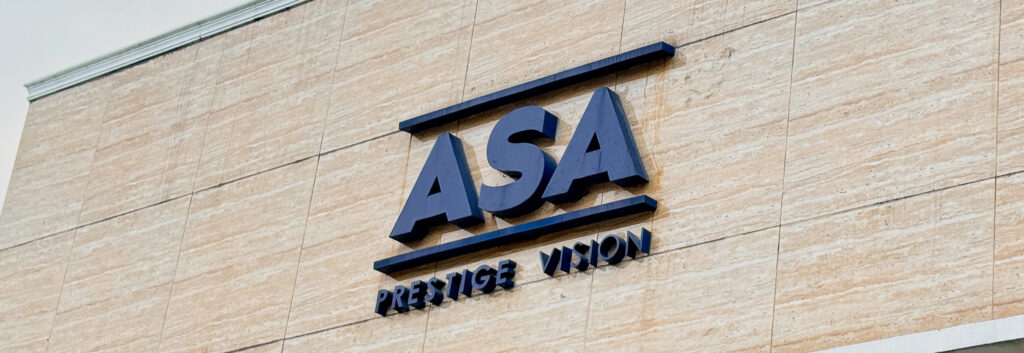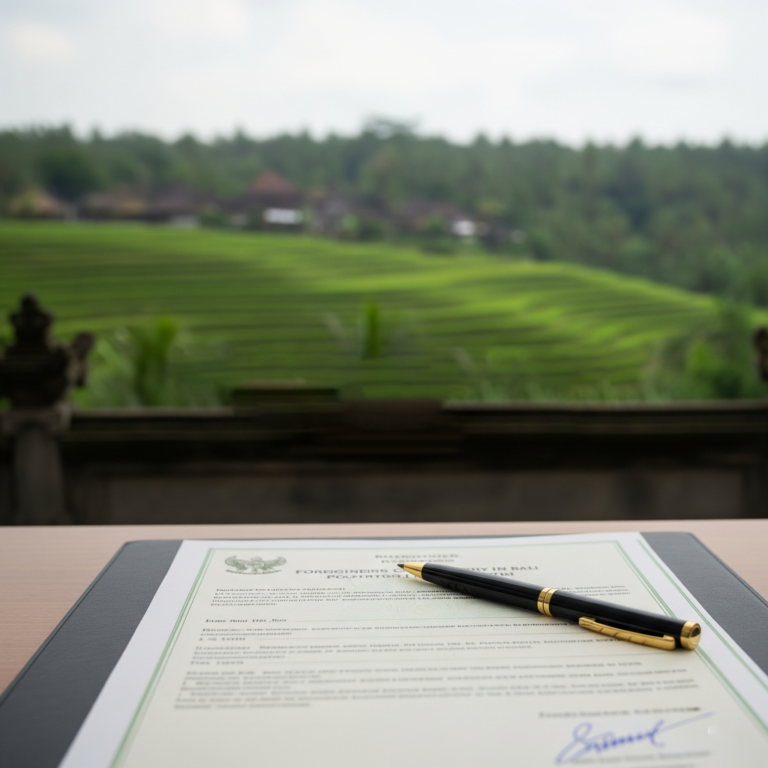Have you heard of Padel? It’s the world’s fastest-growing racket sport, now making significant waves globally, and increasingly, right here in Bali. But what is Padel exactly? Imagine a dynamic fusion of tennis and squash, played on an enclosed court roughly one-third the size of a conventional tennis court. Unlike tennis, players use solid, stringless paddles and the court is surrounded by glass walls and a mesh fence, which are actively used in gameplay. Yes, wall and fencing! That allows for some bursts of fun through rebounds and continual rallies, while also being strategic.
Padel is renowned for its accessibility and social nature, requiring less power and more finesse. Less power means it is very easy for beginners to pick up, but at the same time being more challenging for experienced players. This article is going to dig into the depths of this exciting sport but also explore why Bali is quickly becoming the Southeastern Asian Padel hub.
What Exactly is Padel?
Padel is a dynamic and highly social sport that is a mix of tennis and squash at its core. Originating in Mexico in the late 1960s, it expanded very quickly in Spain and Latin America before exploding in popularity across Europe and now, around the world. Unlike traditional tennis, Padel is predominantly played in doubles on an enclosed court that is about 1/3 of the size of a tennis court (the court is 10m wide x 20m long).
The key feature of a Padel court is the walls around the court, usually glass and fencing, that make up a part of the game. If a ball hits the wall after bouncing, you can still play the ball! This unique rule adds an exciting strategic dimension, creating longer rallies and more unpredictable play compared to conventional tennis. Players play with a solid stringless paddle (sometimes called “racquets”), with a perforated surface, and the ball is similar to a tennis ball, but with less pressure which causes it to bounce slower. Serves in Padel are always underhand, making the game instantly more accessible and less intimidating for newcomers.
Read Also : Tennis vs. Padel: What’s the Difference
The Rise of Padel Globally
In addition to its unique game and easy playing style, Padel has established itself as an authentic global movement. Although its origins are still anchored in Spain and Latin America, its explosive growth across continents, particularly sweeping through Europe where nations like Sweden, Italy, and France, is at an unprecedented rate of growth in active players and clubs alike. This rapid expansion isn’t accidental; it’s fueled by a combination of factors that resonate deeply with modern sports enthusiasts and lifestyle trends.

Why Bali is Becoming Padel’s Southeast Asian Hub
Strategic Location & Tourism
Bali’s status as a premier international tourist destination plays a crucial role. It is not surprising that the island continued to welcome a wide range of visitors to the new Padel Courts, including many Europeans that already have a familiarity with Padel. For these travelers looking not just for sightseeing but also active holiday options the new Padel courts offer them an exciting and familiar experience. This trend has been further amplified by a global post-pandemic shift towards healthy living and active holidays, wellness and physical activity both play a greater role while away.
Expat & Digital Nomad Community
Compounding this is Bali’s flourishing expat and digital nomad community. This large, active, and influential population is constantly seeking new avenues for community engagement, fitness, and social interaction. Padel has a convivial and highly accessible format that satisfies this need and fosters immediate connectivity and recreation. This demographic often acts as early adopters and trendsetters, significantly accelerating the sport’s organic growth and visibility on the island.
Growing Infrastructure and Investment Potential
Crucially, the rapid growth of Padel infrastructure is a primary driver for Bali’s hub status, primarily through the sport significant investment growth potential. We are seeing a growing number of purpose-build Padel clubs and courts popping up all over the island, from the bustling areas of Canggu and Seminyak to the tranquil south. The intentional development is a strong indication of a real desire to be respod to the sport’s growing popularity and demand. This level of infrastructure wouldn’t be possible without local expertise; companies like ASA Group Indonesia are at the forefront of this wave, specializing in designing and constructing high-quality, professional Padel courts that meet international standards.
Our work is critical to ensuring that the facilities can meet the growing demands for world-class venues that players are looking for, both locals and international visitors, which in turn makes Bali more attractive. The rise of this infrastructure, combined with Padel’s inherent social nature and its perfect fit with Bali’s active lifestyle, aligns organically with the island’s community-oriented culture. It is not surprising that there is increasing attention from local and international stakeholders recognizing Padel as a viable and increasingly attractive business opportunity in Bali.
Padel in Bali Today: A Thriving Community
Today, Padel in Bali has matured from the new trend, into an active and flourishing community experiencing rapid growth. There are already numerous dedicated Padel clubs on the island, those are busy morning till night. What used to be a niche sport for many people has become a daily habit for some, attracting an interesting blend of local and visiting players. The courts are constantly booked, reflecting an impressive and ever-increasing number of players, encompassing everyone from curious beginners to seasoned Padel enthusiasts. The enthusiasm surrounding Padel clubs, leagues, and social events has created a unique environment, where friendships develop on and off the court.
Conclusion
In summary, Padel is far more than just a fleeting trend; it’s an accessible, highly social, and engaging racket sport that has captured global attention. Its unique blend of tennis and squash elements, coupled with a fast learning curve, makes it appealing to players of all skill levels. This worldwide phenomenon has found a fertile home in Bali, with its perfect mix of attributes as an international tourism hotspot, expat and digital nomad communities, a great climate, and the rapid development of infrastructure for Padel.
Bali continues to evolve beyond its traditional image, as it continues its progression as a live sports destination. As the Padel-wave continues to ride mightily across the island, the need for top-notch world-class facilities and world-class development will continue to drive this growth. This ongoing expansion is crucial in cementing Bali’s reputation as a prime destination for this exhilarating sport, ensuring its vibrant Padel community can continue to thrive.


















